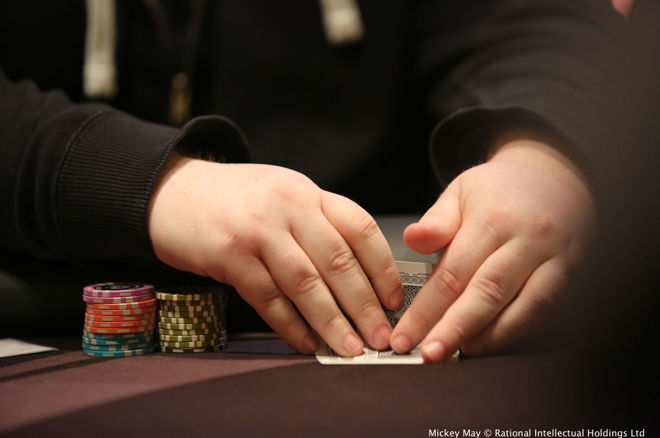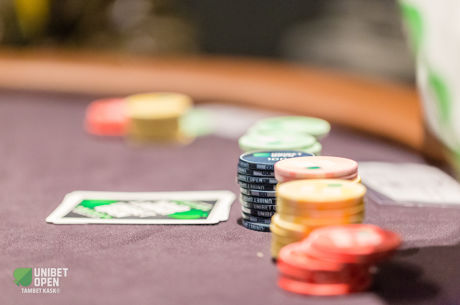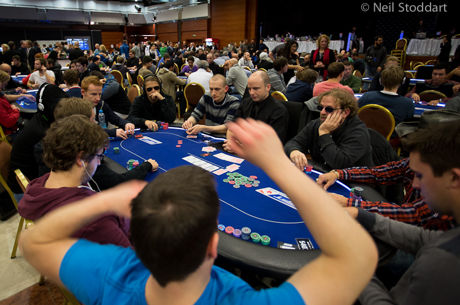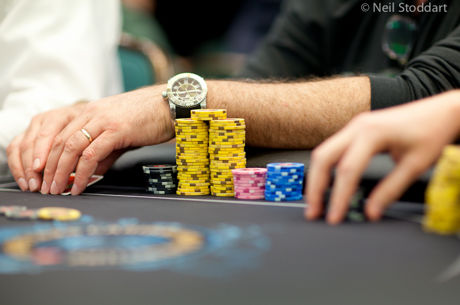How to Avoid Mistakes in Poker

All poker players make mistakes. Those new to the game tend to make them more often �� and more glaringly �� than do experienced players. But even the best players frequently end a session lamenting having made a poor decision or three (or more) in hands they've played.
Lists of "most common mistakes" made by no-limit hold'em players tend to include a lot of the same examples, and I'm sure most poker players who peruse such lists readily recognize certain mistakes they've made in the past and (probably) still make today.
Such lists usually focus on the "top five" or "top 10" mistakes, highlighting the most common ones since trying to cover all of the mistakes is a mostly hopeless task. For individual players, it's often a good idea when going over your own play to find the most frequent or most costly mistakes and concentrate only on correcting them, perhaps even just tackling one at a time.
Some mistakes are easier to identify and correct than others. Everyone has different strengths and weaknesses, which means what might be a relatively simple mistake for one player to stop making can be much more difficult for another to correct. Dealing with tilt or exerting better emotional control while playing is a good example. Some find it easy to stop letting the game's ups and downs get the better of them, while others find it the most challenging aspect of poker �� something they can never fully master.
Generally, though, I would volunteer one category of mistakes as being the most difficult to correct (for the most players). See if you agree with this idea, and if not you can let me know why.
Many mistakes in poker in fact result from one, broader problem, namely, a failure to balance or "mix up" one's play adequately. More often than not, this lack of balance results from a player not recognizing soon enough how the table is playing �� that is, not picking up on the playing styles of opponents �� and thus doing "too much" or "too little" of something.
Mistakes in this category might include, say, continuation betting too much or too little after having raised preflop. Or defending blinds against raises too much or too little. Or bluffing turns and rivers too much or too little. Such mistakes can be distinguished from other types where there isn't necessarily a clear "balance" for players to aim for �� where there isn't an "either/or" element to the mistakes in which neither choice is necessarily the wrong one, it's just that you don't want to be doing either "too much or too little."
For example, a common mistake among some players (especially new ones) in no-limit hold'em is to keep chasing their draws too often after the flop, not recognizing when the pot odds being offered aren't good enough to keep calling.
If you have a flush draw (nine outs) on the turn, your opponent makes a pot-sized bet, and you call hoping to hit your flush, the problem isn't that you need to strike a better balance between calling or folding in such spots �� you just need to stop calling, period. Figure out that when it's approximately 4-to-1 against hitting your draw, calling a pot-sized bet that is giving 2-to-1 pot odds is not the right play, and you've learned how to correct that mistake.
It's much harder, though, to correct a failure to balance your play adequately. Take a player who after having raised before the flop is continuation betting too much on the flop. When exactly does c-betting a lot become "too much"? That is, when does it become a "mistake"? And when the player recognizes he's making a mistake by c-betting too frequently, by how much should he lessen his frequency of c-betting? How to know what the right balance is?
Continuation betting too much becomes a problem when opponents make it one. If you're c-betting every single time and earning folds every single time, you aren't c-betting too much. But if your opponents pick up on your high c-betting frequency and start playing back at you �� e.g., check-raising you, floating you with calls then betting you off hands on later streets, calling you down with medium-strength hands that are winners �� then you probably need to c-bet less often, "mixing up" your play so as not to allow opponents to take advantage.
More often than not, these corrections have to be made "in game" and in response to what opponents are doing. The balance you seek with your preflop opens or c-bets or bluffs or value bets is the one that gives you the best chance to win the most, and that is going to change with every new set of opponents.
What's the lesson for new players, then? Start out trying to correct less ambiguous, more "cut-and-dry" mistakes first. Learn the math of the game, how to judge good starting hand selection, how to use position to your advantage, how to size bets and raises effectively, how to play correctly according to odds/probabilities, how to manage a bankroll, and so on.
Then, once you've managed to identify and start avoiding making those mistakes, when in the game pay attention to your opponents and their tendencies and work on balancing your play and avoiding exploitable patterns.









